Best Hook Size For Trout: What Trout Guides Use
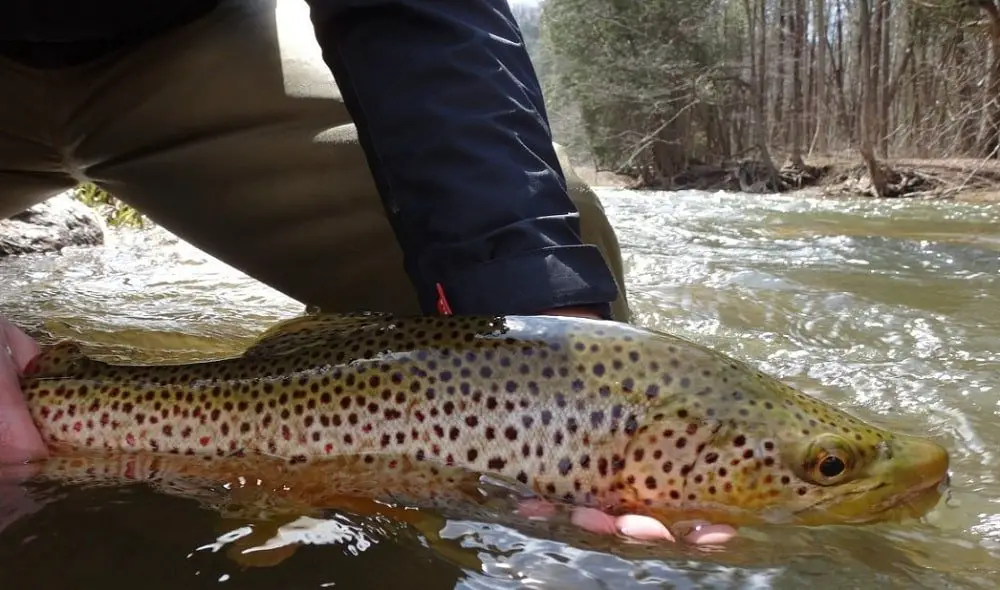
After fishing for trout for 37 years and guiding for 22 years, I can assure you that the hook size matters when trout fishing. The wrong hook size can limit how many bites you get, and can even cause you to lose more fish.
Also, the wrong type of hook can lower your hooking percentage and your landing rate. I know this for a fact because I have tested just about every hook there is for trout.
There is a reason why good trout guides are very picky when it comes to the hook size and the type of hook they use. If you use the wrong hook, you will catch less fish.
It is said that the best size of hook for trout fishing is between a size 8 to 14 hook. But I rarely go by what “they” say. I use the largest hook possible whenever I can, but I adjust the size based on multiple factors which I will explain below.
Good trout guides will tell you the best hook size for trout actually depends on these things:
- Bait Size: The size of the bait you are using should be considered when choosing the right hook size.
- Trout Size: The size of the trout that you are fishing for is another consideration. You might need a bigger and stronger hook that won’t bend or break on large trout.
- River Conditions: If the water is very clear, or when fishing a slow current, a smaller hook is less visible and is often better.
- Stocked vs. Wild Trout: Wild trout might notice a large hook and refuse to bite, but stocked trout are less cautious and will bite a bait with a bigger hook.
- Lake Fishing: Trout in lakes or ponds or any still water have plenty of time to swim up to a bait and inspect it. Therefore, I choose a hook size that is appropriate to my bait so that the bait can hide the hook.
- Current Speed: In faster water, the trout need to make a fast decision on biting a bait or not and they are less likely to see the hook when the bait is swiftly passing them. Therefore, I tend to use larger hooks and larger baits in faster water.
Larger Hooks Versus Smaller Hooks: What’s Best
There are pros and cons to large hooks and small hooks.
Larger Hooks
Pros
- Larger hooks tend to grab more flesh to hold on better and longer during long fights.
- A larger hook may also give you a more solid hook set.
- A larger hook is more likely to have a wider gap that is not obstructed by the bait. Obstructing the hook gap can result in missed fish.
Cons
- Large hooks are more likely to be seen by the trout, which can mean fewer bites.
- Large hooks can be heavy, resulting in more snags.
- Large hooks can be heavy, preventing a more natural drift or presentation, especially in rivers.
Small Hooks
Pros
- Small hooks are less likely to be seen, and therefore, more trout will bite.
- Small hooks are lighter and give the bait a more natural movement and better presentation.
Cons
- Small hooks do not hook as well on the hookset and, therefore, they are more likely to miss the fish.
- Small hooks grab less flesh and tear out, resulting in more lost fish.
- Small hooks are more likely to have the hook gap closed or filled in by the bait, resulting in a lower hooking percentage.
- Smaller hooks are more likely to have the hook point covered, resulting in a lower hooking percentage.
2 Types Of Hooks For Trout Fishing: Treble and Octopus
Sizes 8 to 12 Octopus hooks and Specimen hooks are the BEST, and if I had to choose, I would say a size 10 is the best size hook for trout.
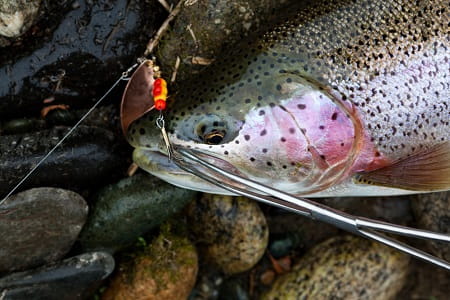
Treble hooks are primarily used on lures, and single hooks are primarily used for bait fishing.
Treble hook size and treble hook gauge are often decided for you by the lure maker.
A treble hook that is too big may affect the action of the lure, and smaller treble hooks, especially ones that are too small may affect the hooking ability of the lure.
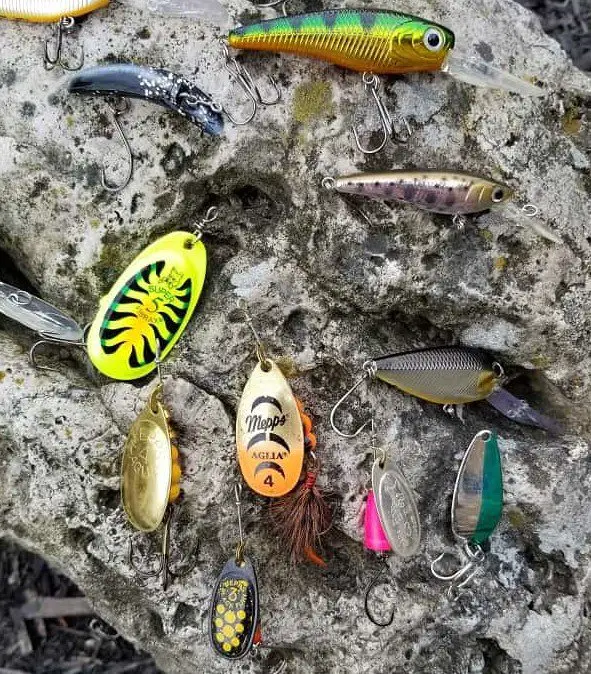
If you decide to change the treble hooks on your lures, it is recommended that you stick with the same size treble hook that came with the lure. For more on fishing lures, check out my page, Fishing Lures For Trout.
DO NOT use treble hooks for bait fishing.
Guide Tip: if you are going to use treble hooks, be sure you have good fishing pliers, preferably needle nose pliers, to get those hooks out of the fish’s mouth.
Single Trout Hook Types
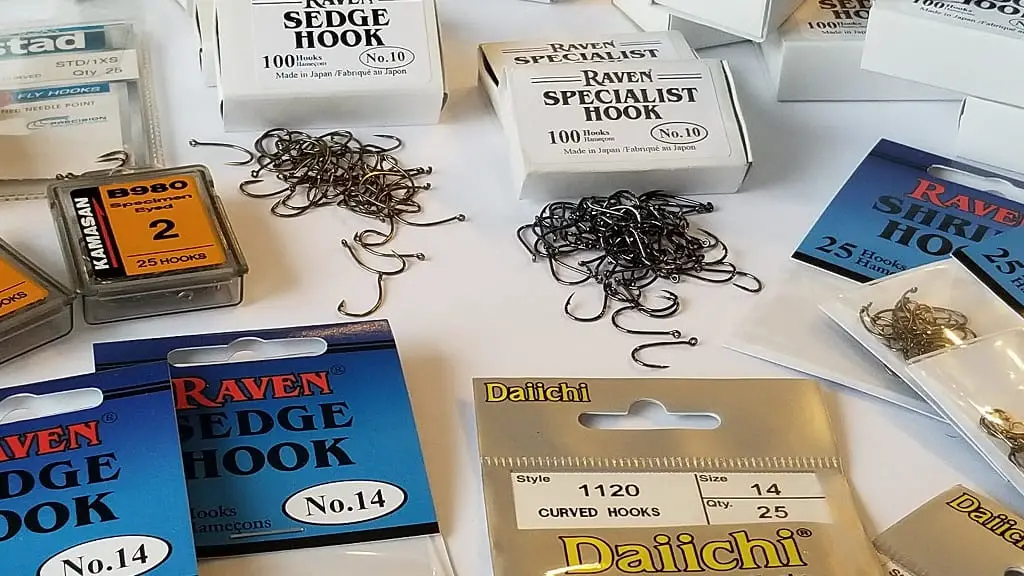
Hooks come in many shapes and sizes and this is because the shape of the hook is supposed to serve a purpose. Truthfully, 2 shapes of hooks are all you need and all good guides will use these.
Octopus Hooks and Specimen Hooks: Best Hooks For Trout
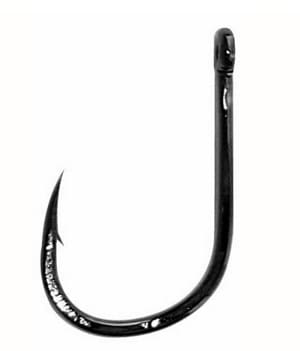
If you look into a trout guides pack or fishing vest, you will see an assortment of sizes of Octopus hooks and the similarly shaped Specimen hook.
The reason is that these are often the best single hooks for trout fishing.
They are short shank hooks with a wide gap.
This shape provides better hook penetration on hook sets, with less leverage on the hook in the trout’s mouth, so the trout are less likely to pry it out and get off.
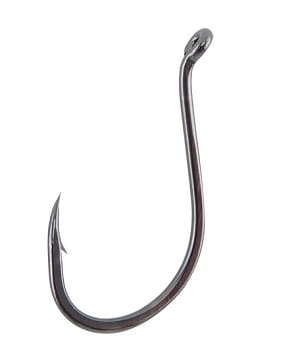
These fishing hooks also grab more flesh due to the wide gap, and they tend to hold better.
The wider gap also allows the hook point to stay unobstructed when using bigger baits. A non-covered hook point will result in more trout hooked.
These hooks also tend to have a medium to thick hook wire gauge so they are strong.
Egg Hooks – Good For Single Salmon Eggs
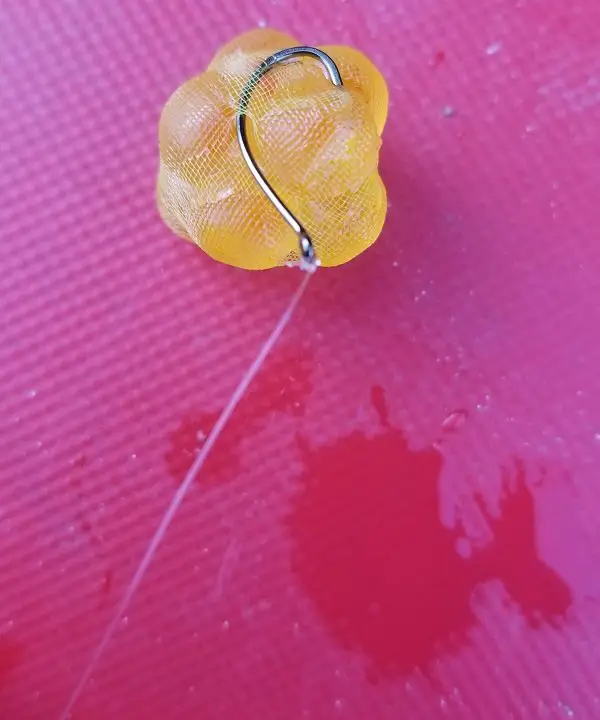
Egg hooks are about the same shape as most Octopus and Specimen hooks and are promoted and sold as specialty hooks for rigging single salmon eggs or for egg sac fishing.
These are best in sizes 8 to 14. I only use size 12 and 14 if I’m fishing with single salmon eggs. Otherwise, size 8 or 10 are best.
Sedge Hooks – Good For Stealthy Presentation
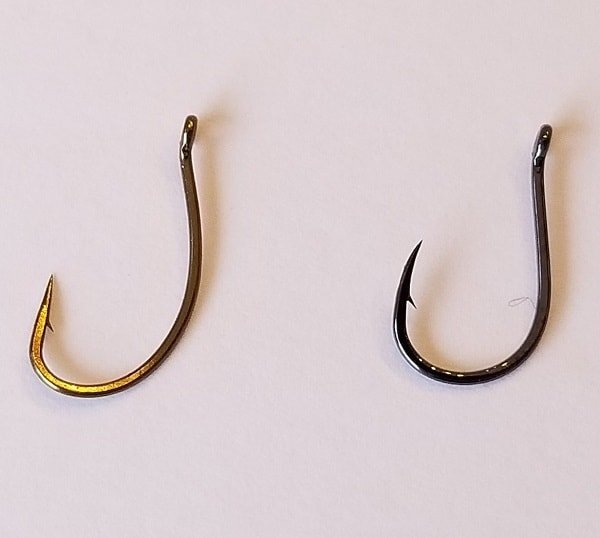
Sedge hooks are my second favorite single hook for trout fishing. A size 8 to 12 is a good size trout hook.
The sedge hook is the hook type I use when I want a stealthy hook that holds well, and I also use it with light leaders.
The Sedge hook tends to be a lighter wire hook, which the trout won’t see as easily, and because it is light, it allows for a more natural presentation of your bait.
My two favorite sedge hooks are the Raven Sedge Hook and the Daiichi 1150 sedge hook.
The Difference Between Hook Sizes

I would consider a large size trout hook to be anything bigger than a size six hook.
Even a size six is pretty big for almost all trout which is why I mostly use a size ten most of the time.
The Size Of Hook For Trout Depends On The Bait
Bigger baits will require a bigger size hook, while a smaller bait will require a smaller size hook.
I believe that trout feed more based on sight than they do on scent or other factors, so I adjust my hook size accordingly to make sure they don’t see the hook.
If they see your hook you will have a tough time catching trout. Even rainbow trout, which are less cautious, can still refuse a larger size hook if they see it.
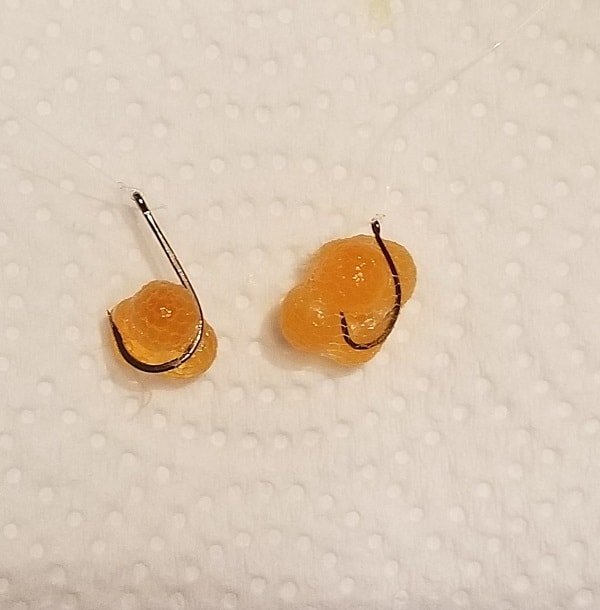
Wild trout that are feeding in clear water will be extra cautious, so smaller hooks are better, and a large size hook will mean fewer fish.
A thick hook also stands out more than a thin hook does so that is something else to consider when choosing the best hook size for trout.
GUIDE TIP: If you want to see the wrong hooks and wrong baits in action, watch this video of trout grabbing baits underwater, and see how many times they spit the crappy hooks out.
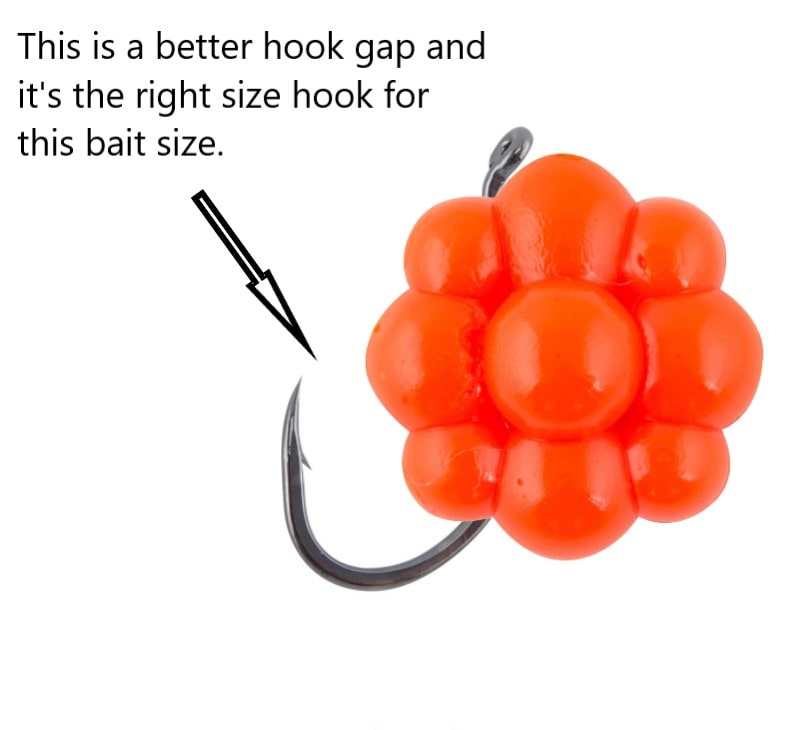
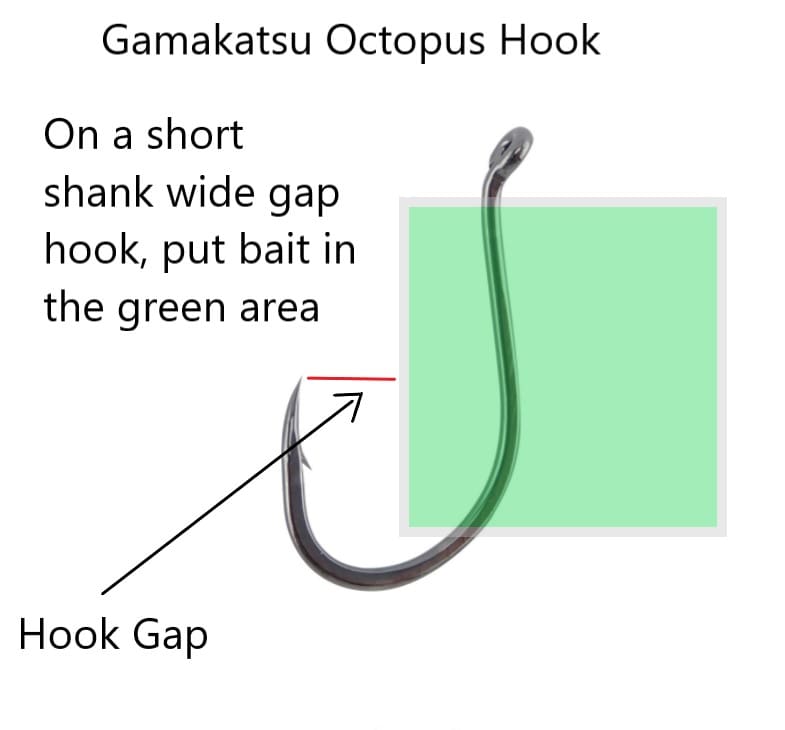
Pro Tip: Debris on the hook will prevent the trout from biting the hooks, so check your hook often and remove all debris.
The problem with small hooks in size 12 to 18 is that a size 14 trout hook might be too small and will get buried in the bait, which may close up the gap which will then affect how well the hook penetrates and how well or how poorly it hooks the trout.
If the hook gap is closed up or the point is covered by the bait, you will miss a lot of trout on the hook set, or the trout will pick up the bait, feel the pull or line and then spit the hook out without you getting a hookset.
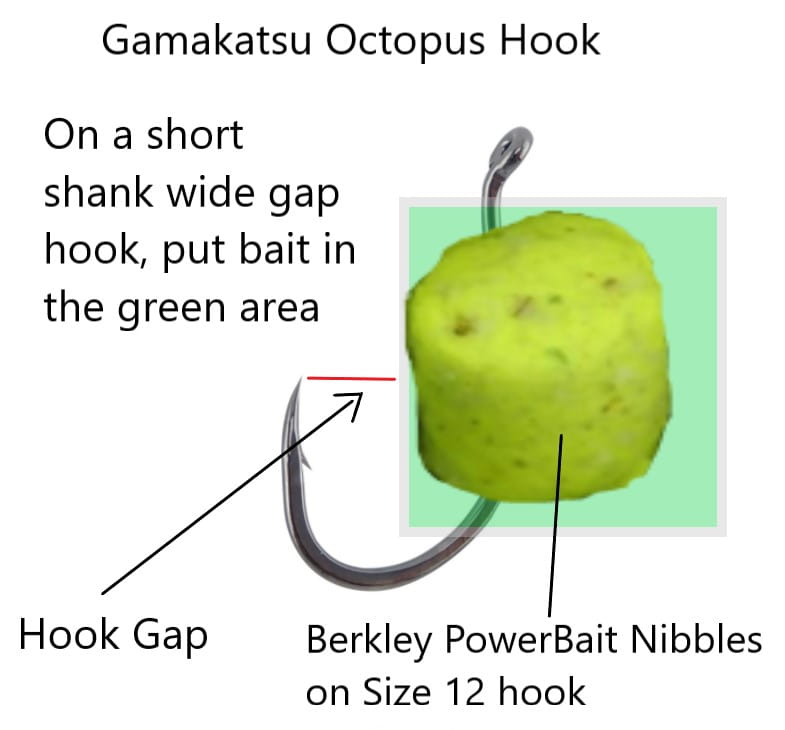
The best size hook for trout fishing when using a grub or a single salmon egg is a size 12 or maybe a size 14 trout hook if the water is very clear.
The best size hook for trout fishing when I am using a bigger bait like a garden worm or a spawn bag that is about the size of a nickel would be a size 8 trout hook.
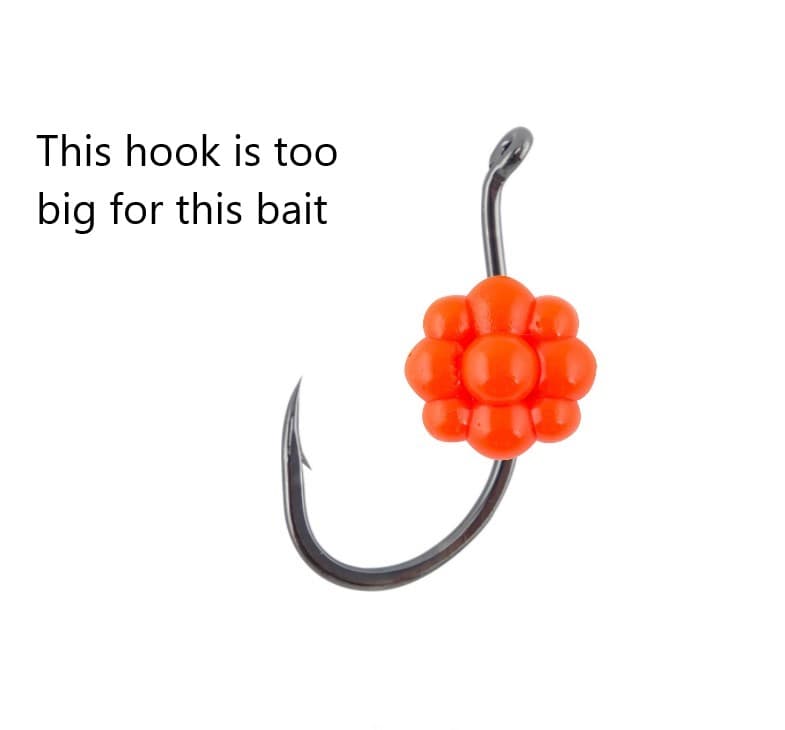
The best size hook for trout when using a very large bait like a chunk of skein, a crayfish, a dew worm, or even a large minnow would be a size 4 or 6 trout hook.
See my page: Best Trout Baits – The Only 5 Baits You Will Ever Need
Best Hooks For Trout Fishing
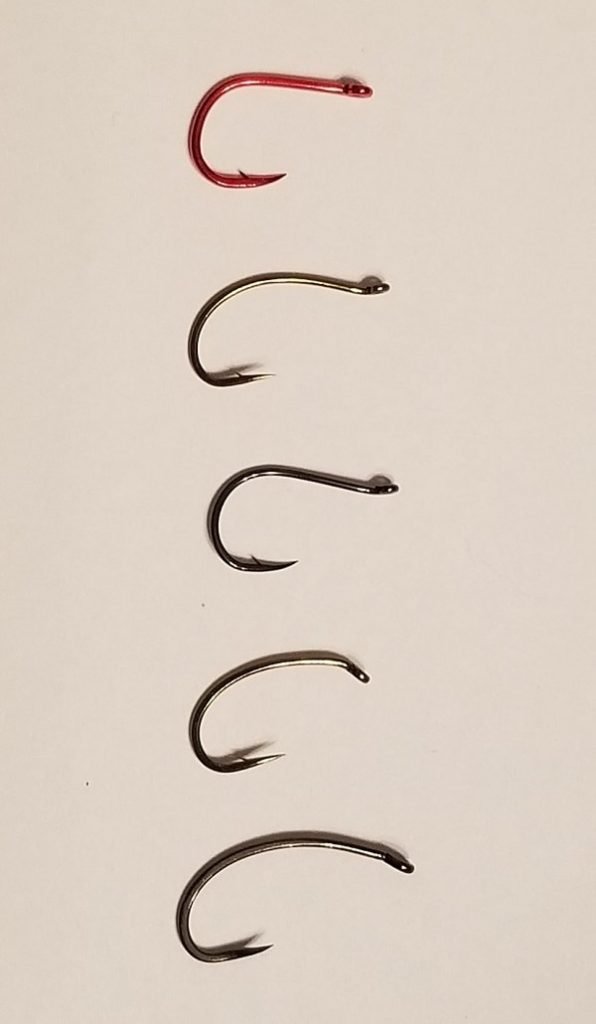
- For small baits and in very clear water I will use a size 12 Raven Sedge Hook or a size 10 to 12 Daiichi 1150. I rarely go as small as a size 14 trout hook.
- For a good multi-purpose trout hook that is suitable for most river conditions, most bait sizes, and most fish sizes, Use the Raven Specimen hook in a size ten and twelve. This is the hook that I and my guides prefer the most because it tends to hold onto the fish well and penetrate well.
- If the water is dirtier and I can get away with a bigger hook or I am using larger baits, I will go with the Raven Specimen hook but in a size eight or maybe a size six trout hook if it’s really dirty water.
- Another hook that I like in all these sizes and conditions is the Redwing Blackbird Sabertooth hook.
This is the short and sweet version of this article. The full article is more detailed and can be found HERE.
I’d be happy to help you with any questions you might have on the right hook size for trout or any tips you might have, so leave a comment or question in the comments section below.
Tight Lines
Graham
References:
Rusticaly: What Are Fishing Hooks Made Of? (Explained for Beginners) (rusticaly.com)

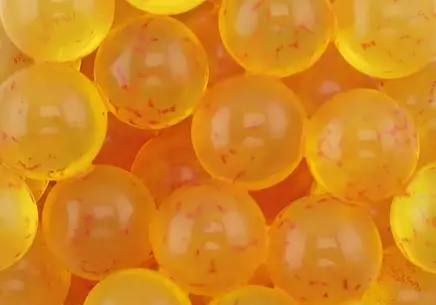
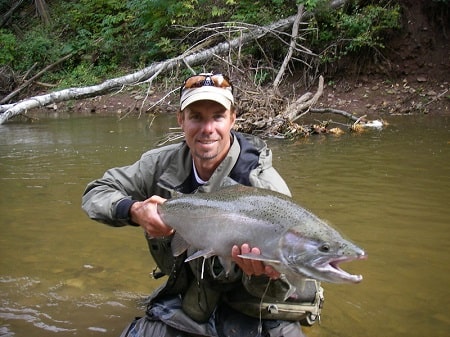
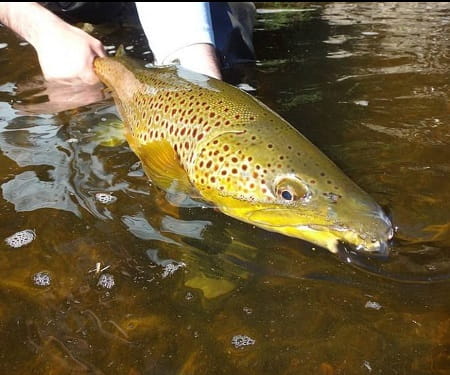
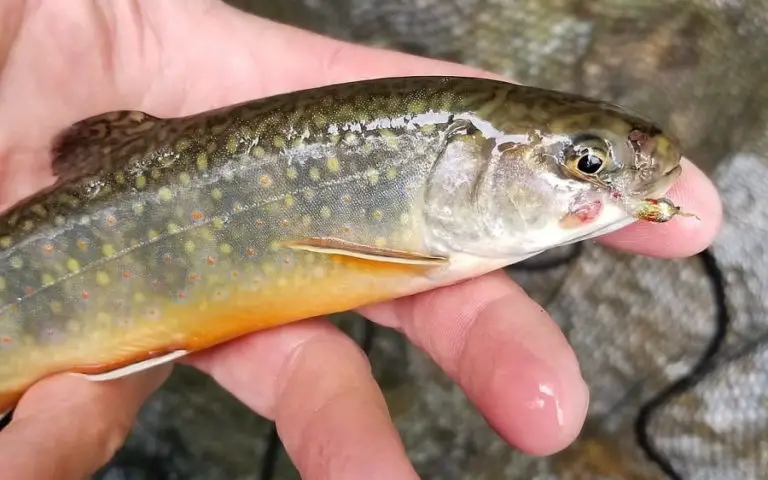
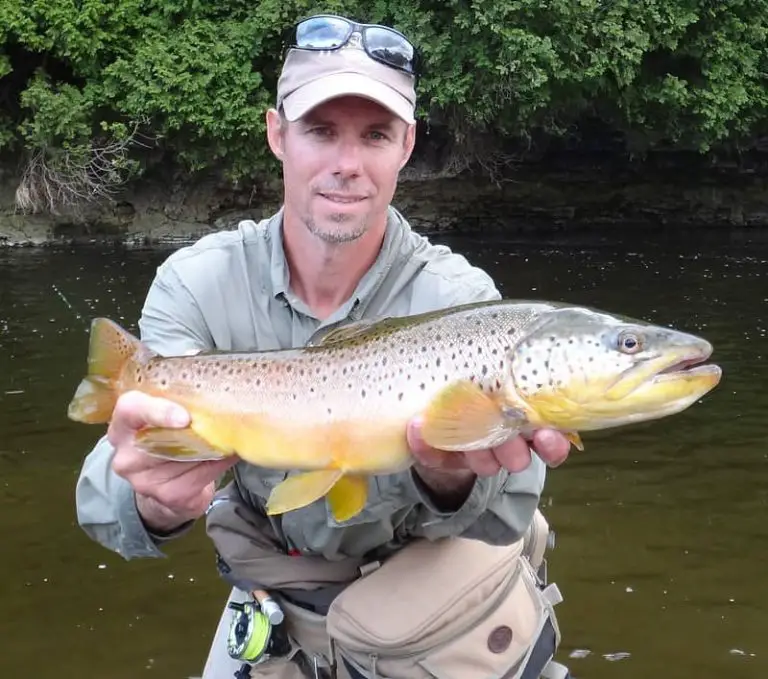
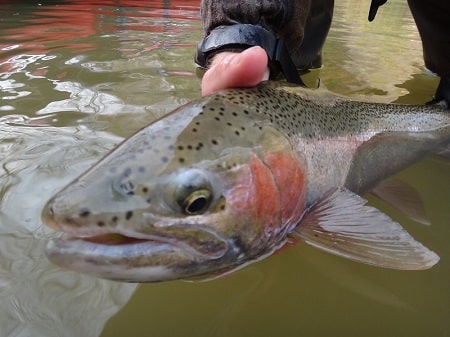
Hello, good article. Thanks for sharing. Ive been using jig heads (size 1) typically used for bass with plastic minnow/crawfish pattern for larger trout. Would this larger size hook hurt the fish? I have been removing barb to lessen impact on fish. Thanks.
Hi Jay, It really depends on where the hook penetrates. Both big and small hooks could kill a fish if it’s in the wrong spot. Deep hooks near the gills and throat area are more likely to kill a fish but hooks on the outer lip areas are generally harmless. I hook hundreds or even thousands of trout, steelhead, and salmon each year and in my experience, only 1 or two might die from a bad hook placement and I rarely use #1 hook sizes. Just keep an eye on the fish, if the fish is submerged in the net and you see lots of blood pouring out of the mouth or gills areas as it breathes, that fish is likely going to die. If there is not blood that fish will survive. If you are seeing lots of bleeding fish, try a smaller hook.
To be honest, I tell my clients that air kills more fish than anything else and that 90% of trout die because anglers drag them up onto the bank and leave them out of the water way too long while they search for their camera or get the hooks out. Trout can only survive out of the water for about as long as you can survive underwater. I catch the same large trout sometimes over 10 times a year which shows good handling, keeping them in the net and below the water for as much as possible is the best thing for the survival of the trout. Good luck.
Thanks for the great info Graham! I am just starting to learn and will begin fishing for trout in some locally stock urban ponds in Nov. The AZ Game & Fish says the Rainbow Trout are about 10 – 13 inches and recommend 8 – 12 baitholder hooks. I am thinking to start with some of those powerbait nibbles, nuggets or floating eggs. Do you think a size 12 would be best to cover the hook as much as possible?
Thanks again for the help, it is much appreciated!
Hi Michael, with stocked trout they are not that smart or picky so it’s very likely they will eat a bait with a large protruding hook however it’s best to use a smaller low profile hook. I Don’t use baitholder hooks because the gap is often too small and the hook shank is too long. I think it’s better to go with a short shank wide gap hook like the Raven specimen hook. Your hook size will depend on the size of the bait. I’ll add a diagram to help you gauge your hook size.
Where’s the diagram? And May I please have it?
Pittsburgh, PA here.
First time fishing, going trout fishing this weekend, taking my two nephews and my niece and are looking to make a memory.
Right now I’m thinking worms, mealworms, hilgramites, and power bait.
And I’m thinking we are going to use Eagle Claw Snells sizes 10 and 12.
Thoughts?!
Hi Ray,
I wouldn’t use eagle claw snells if they gave them to me for free.
Your bait choices sound good.
Go with a size 8 or 10 Raven Specimen hook or size 8 or 10 Gamakatsu Octopus hook.
See my article for the Best Hooks For Trout
Good Luck,
Graham
Hi, do you recommend a certain hook size for replacing the treble on a vibrax spinner?
Hi Eric,
Many of the Vibrax spinners actually come with a replacement single hook. Otherwise, I generally pick a hook that has a gap that is 1.5 to 2 times larger than the gap on the treble hook that comes with the lure.
Graham
Hi,
i’ve qrown up fishing streams for trout, mostly lures.
I’m new to fishing lakes. I’m in the Catskills in NY and just put a boat on the reservoir here. most of the seasoned vets swear by using sawbellies or shiners. whats your recommendation for hook type and size for this type of bait. the water on these reservoirs is very clear.
Thanks!!
Pete
Hey Pete,
I’d go with a Reven Specimen hook and the size would depend on the size of the bait but I’m thinking probably a #4 or #6 hook, or a #8 hook for a smaller bait in the clear water.
Good Luck,
Graham
I have seen many time into small brook trout creek,,, Very agressive hit on #8 hook and then nothing else. No doubt they are some over 12 inch hitting the bait then maybe they have see the hook and choose to stay under the tree. Maybe if i wait a 20 minute and try again with a # 12 or #14 specimen it can change something?
Hi Rich,
If they are biting and you are missing them, meaning they are not getting hooked up, it could be how you are rigging your bait, or the type of hook and it’s sharpness. Maybe try a smaller hook , be sure its a wide gape hook, and a high quality hook with a sharp point. I have clients that love and use size 14 specimen hooks for great lakes steelhead that average 5 to 8 pounds, so small hooks can be ok even for bigger fish over 12 inches.
Good Luck
Graham